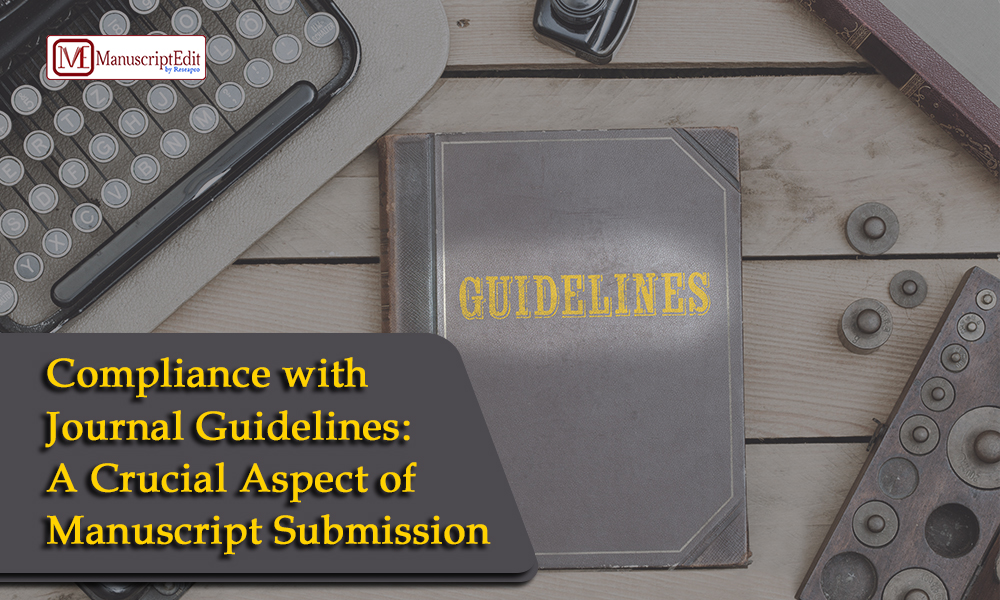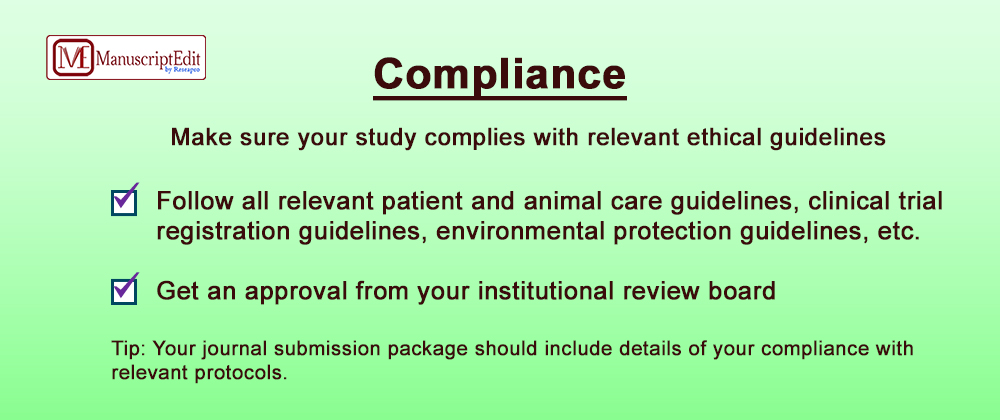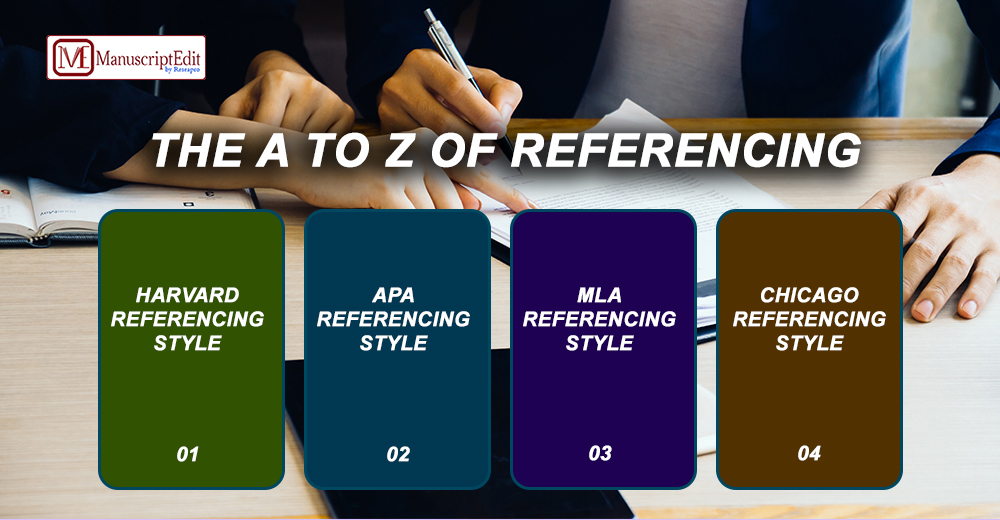 Ensuring adherence to journal criteria is essential for submitting a work successfully. Following these guidelines guarantees a seamless editing process, increases acceptance rates, and preserves academic standards.
Ensuring adherence to journal criteria is essential for submitting a work successfully. Following these guidelines guarantees a seamless editing process, increases acceptance rates, and preserves academic standards.
Understanding Journal Guidelines
Journal guidelines are instructions publishers give writers detailing the particular criteria and prerequisites for submitting academic papers. Ensuring respect for academic norms, uniformity, and clarity is the main goal to facilitate a seamless editing process.

- Citation Style: Indicates the specific format (APA, MLA, etc.) that must be followed for appropriate referencing.
- Manuscript Structure: Specifies the appropriate sequence where the abstract, methods, results, and conclusion should be placed.
- Formatting requirements: The guidelines specify the typography, space, and style to preserve a cohesive appearance.
Significance of Compliance
Compliance is essential to promote moral corporate conduct, guarantee legal compliance, and develop stakeholder trust. It lowers risks, protects one’s reputation, and encourages fair competition.
Following the law lowers legal risks, promotes a culture of accountability, and improves operational effectiveness. Organizational integrity is maintained through compliance requirements, which cover anything from data protection to financial transparency.
Additionally, it promotes corporate citizenship and sustainability by bringing corporations into line with public standards. Compliance is the foundation of a strong, accountable, and well-respected company in the global economy.
Key Elements of Compliance
Ensuring academic writing complies requires careful attention to formatting, including font, margins, and spacing, and following approved reference formats such as MLA or APA. The manuscript’s structure is quite essential; it should have an abstract, a well-written title page, and, for clarity, the Introduction, Methods, Results, and Discussion (IMRAD) format.
In the study, informed consent and ethical approval are given priority, and plagiarism concerns are addressed with utmost importance in the ethical component. Maintaining vigilance against data fabrication and falsification improves the academic work’s integrity.
Together, these essential components establish a thorough strategy for compliance that promotes legitimacy and professionalism in academic pursuits.

Challenges in Adhering to Guidelines
Following policies presents a variety of difficulties for companies.
- Maintaining constant attention is necessary to navigate ever-changing and complicated regulatory environments, which frequently call for significant resources for implementation and interpretation.
- Traditional methodologies are challenged by the dynamic compliance needs brought forth by technological improvements.
- Jurisdictional inconsistencies increase complexity and the need for worldwide adaptation.
- Employee awareness and training have become essential since human mistakes are still a constant concern.
- Achieving a delicate equilibrium between creativity and conformity necessitates flexibility.
Furthermore, more resources could make complete adherence easier. A robust and flexible structure that protects against legal snags and promotes a culture of ongoing development and moral business practices is ensured by tackling these issues.
Conclusion
Strict adherence to publication criteria is essential for submitting a work. It shows a dedication to professionalism, lends credibility to the text, and simplifies communication with the editing process.
